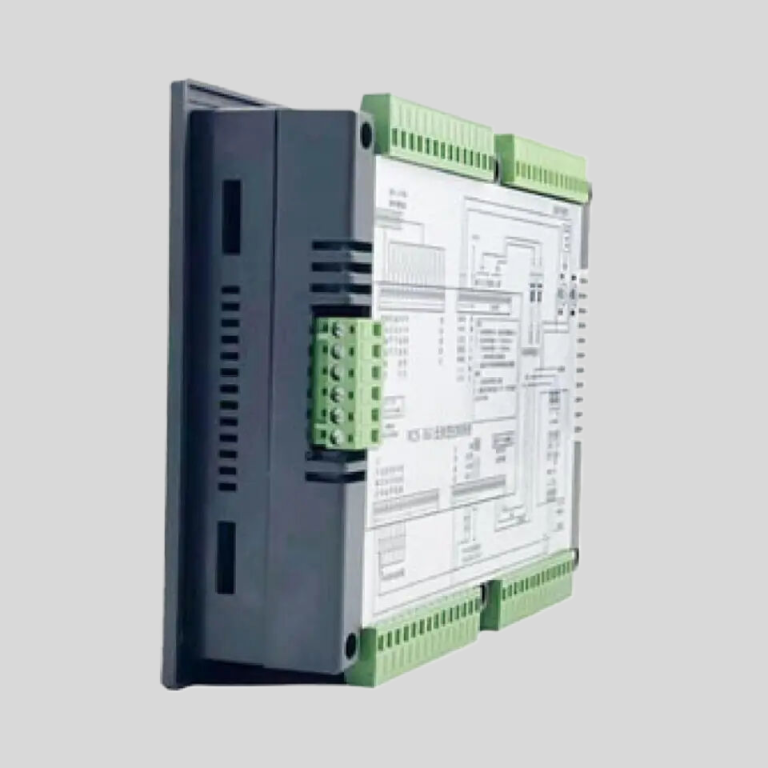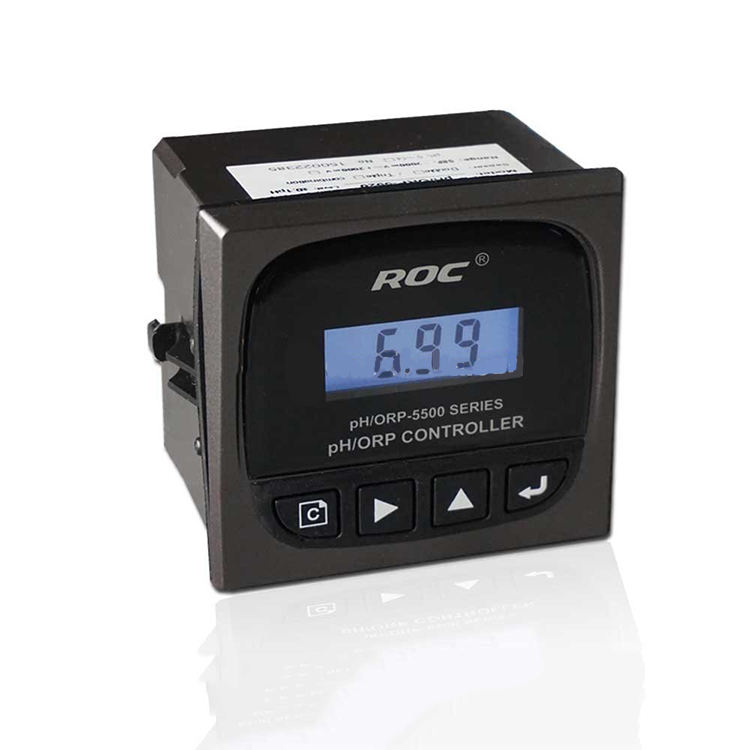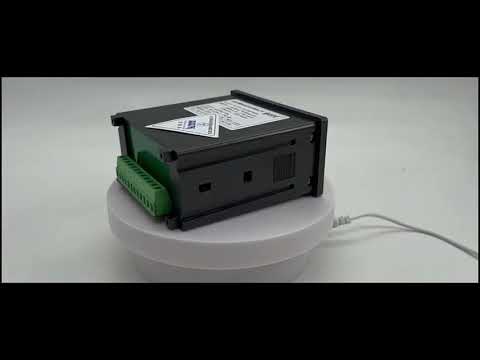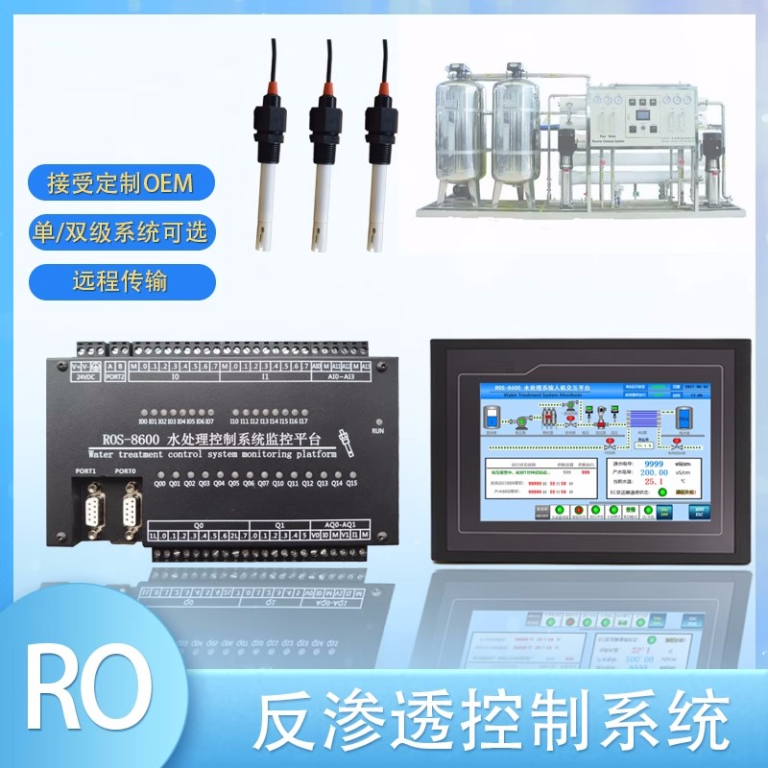“Accurate measurements for precise results – calibrate your ph meter regularly.”
Table of Contents
Importance of Accurate pH Measurements in Research and Industry
In both research and industry, accurate pH measurements are crucial for ensuring the success of experiments, processes, and products. One of the key tools used to measure pH is a ph meter, which is a device that measures the acidity or alkalinity of a solution. However, in order for a ph meter to provide accurate and reliable measurements, it must be properly calibrated.
Calibration is the process of adjusting a ph meter to ensure that it provides accurate readings. This is important because even the most advanced pH meters can drift over time, leading to inaccurate measurements. By calibrating a ph meter, researchers and industry professionals can ensure that their measurements are precise and reliable.
There are several reasons why it is important to calibrate a ph meter regularly. One of the main reasons is that pH meters can drift over time due to factors such as temperature changes, exposure to chemicals, and general wear and tear. If a ph meter is not calibrated regularly, it may provide inaccurate readings, which can lead to errors in research data or production processes.
Another reason why calibration is important is that pH meters can become contaminated over time, which can also lead to inaccurate measurements. By calibrating a ph meter, researchers and industry professionals can ensure that any contamination is detected and corrected, leading to more accurate results.
In addition to ensuring the accuracy of pH measurements, calibration also helps to extend the lifespan of a ph meter. By regularly calibrating a ph meter, researchers and industry professionals can identify any issues or problems with the device early on, allowing for timely maintenance and repairs. This can help to prevent costly downtime and ensure that the ph meter continues to provide accurate measurements for years to come.
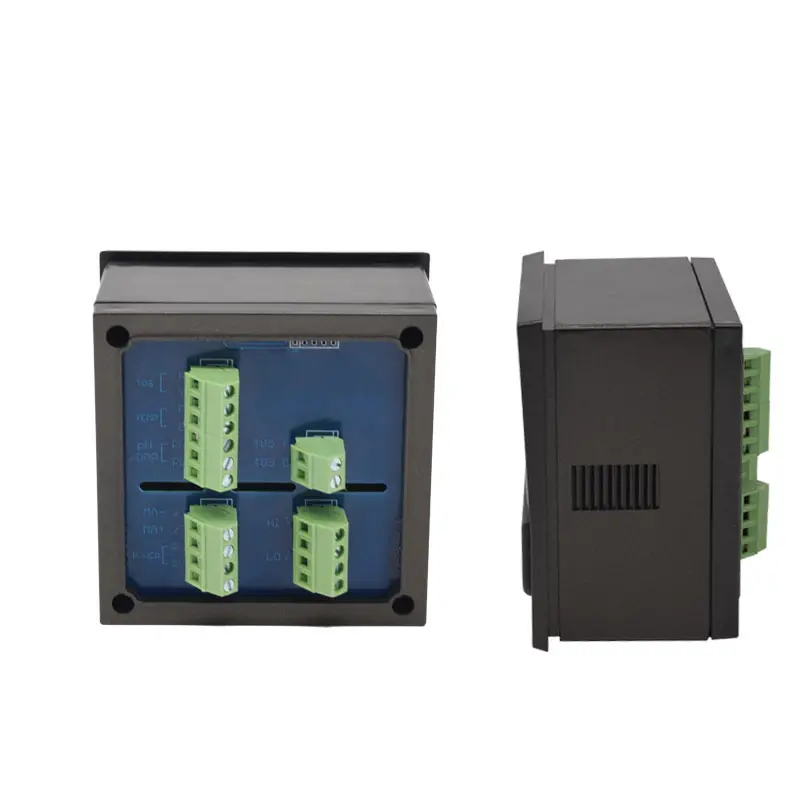
There are several methods for calibrating a ph meter, including using buffer solutions or standard reference materials. Buffer solutions are solutions with known pH values that are used to calibrate pH meters. By immersing the ph meter probe in a series of buffer solutions with different pH values, researchers and industry professionals can adjust the ph meter to provide accurate readings across a range of pH values.
| Model | FL-9900 Paddle Wheel flow meter |
| Range | Flow Speed:0.5-5 m/s |
| Instantaneous Flow:0-2000m3/h | |
| Accuracy | Level 2 |
| Temp. Comp. | Automatic temperature compensation |
| Oper. Temp. | Normal 0~60℃; High temp 0~100℃ |
| Sensor | Paddle Wheel Sensor |
| Pipeline | DN20-DN300 |
| Communication | 4-20mA output/RS485 |
| Control | Instantaneous Flow High/Low alarm |
| Load Current 5A(Max) | |
| Power | 220V/110V/24V |
| Working Environment | Ambient temperature:0~50℃ |
| Relative humidity≤85% | |
| Dimensions | 96×96×72mm(H×W×L) |
| Hole Size | 92×92mm(H×W) |
| Installation Mode | Embedded |
Standard reference materials are also used for calibrating pH meters. These materials are certified to have a specific pH value and are used to verify the accuracy of a ph meter. By comparing the readings of a ph meter to the known pH values of standard reference materials, researchers and industry professionals can ensure that their ph meter is providing accurate measurements.
In conclusion, calibrating a ph meter is essential for ensuring the accuracy and reliability of pH measurements in research and industry. By regularly calibrating a ph meter, researchers and industry professionals can prevent errors, detect contamination, extend the lifespan of the device, and ensure that their experiments, processes, and products are successful. Calibration is a simple yet crucial step that should not be overlooked when using a ph meter.
Benefits of Regular ph meter Calibration for Reliable Results
A ph meter is a crucial tool in various industries, including food and beverage, pharmaceuticals, environmental monitoring, and research laboratories. It measures the acidity or alkalinity of a solution, providing valuable information for quality control, research, and regulatory compliance. However, to ensure accurate and reliable results, it is essential to calibrate the ph meter regularly.
Calibration is the process of adjusting the ph meter to a known standard to ensure its accuracy. Over time, pH meters can drift out of calibration due to factors such as temperature changes, electrode aging, or exposure to contaminants. If a ph meter is not calibrated regularly, it can lead to inaccurate readings, compromising the quality of the results and potentially causing costly errors.
Regular calibration of a ph meter is essential for maintaining the accuracy and precision of measurements. By calibrating the ph meter with standard buffer solutions, you can verify its performance and correct any deviations from the expected values. This ensures that the ph meter is operating within acceptable limits and provides reliable results for your experiments or processes.
| Model No. | CIT-8800 Inductive Conductivity / Concentration Online Controller | |
| Measurement range | Conductivity | 0.00μS/cm ~ 2000mS/cm |
| Concentration | 1.NaOH,(0-15)% or(25-50)%; | |
| 2.HNO3(note the Corrosion resistance of the sensor)(0-25)% or(36-82)%; | ||
| 3.User-defined concentration curves. | ||
| TDS | 0.00ppm~1000ppt | |
| Temp. | (0.0 ~ 120.0)℃ | |
| Resolution | Conductivity | 0.01μS/cm |
| Concentration | 0.01% | |
| TDS | 0.01ppm | |
| Temp. | 0.1℃ | |
| Accuracy | Conductivity | 0μS/cm ~1000μS/cm ±10μS/cm |
| 1 mS/cm~500 mS/cm ±1.0% | ||
| 500mS/cm~2000 mS/cm ±1.0% | ||
| TDS | 1.5 level | |
| Temp. | ±0.5℃ | |
| Temp. compensation | element | Pt1000 |
| range | (0.0~120.0)℃ linear compensation | |
| (4~20)mA Current output | channels | Double channels |
| features | Isolated, adjustable, reversible, 4-20MA output, instruments/ transmitter mode. | |
| Loop resistance | 400Ω(Max),DC 24V | |
| Resolution | ±0.1mA | |
| Control contact | Channels | Triple channels |
| Contact | Photoelectric relay output | |
| Programmable | Programmable ( temperature 、conductivity/concentration/TDS、timing)output | |
| Features | Could set temperature、conductivity/concentration/TDS、 timing NO/NC/ PID selection | |
| Resistance load | 50mA(Max),AC/DC 30V(Max) | |
| Data communication | RS485,MODBUS protocol | |
| Power supply | DC 24V±4V | |
| Consumption | <5.5W | |
| Working environment | Temperature:(0~50)℃ Relative Humidity:≤85%RH(non- condensing ) | |
| Storage | Temperature:(-20~60)℃ Relative Humidity:≤85%RH(non- condensing) | |
| Protection level | IP65(with rear cover) | |
| Outline dimension | 96mm×96 mm×94mm (H×W×D) | |
| Hole dimension | 91mm×91mm(H×W) | |
| Installation | Panel mounted , fast installation | |
Calibrating a ph meter also helps to detect any potential issues or malfunctions early on. If a ph meter is not calibrated regularly, it may give false readings or inconsistent results, leading to confusion and uncertainty in your data. By calibrating the ph meter at regular intervals, you can identify any problems and take corrective actions before they escalate and affect the quality of your work.
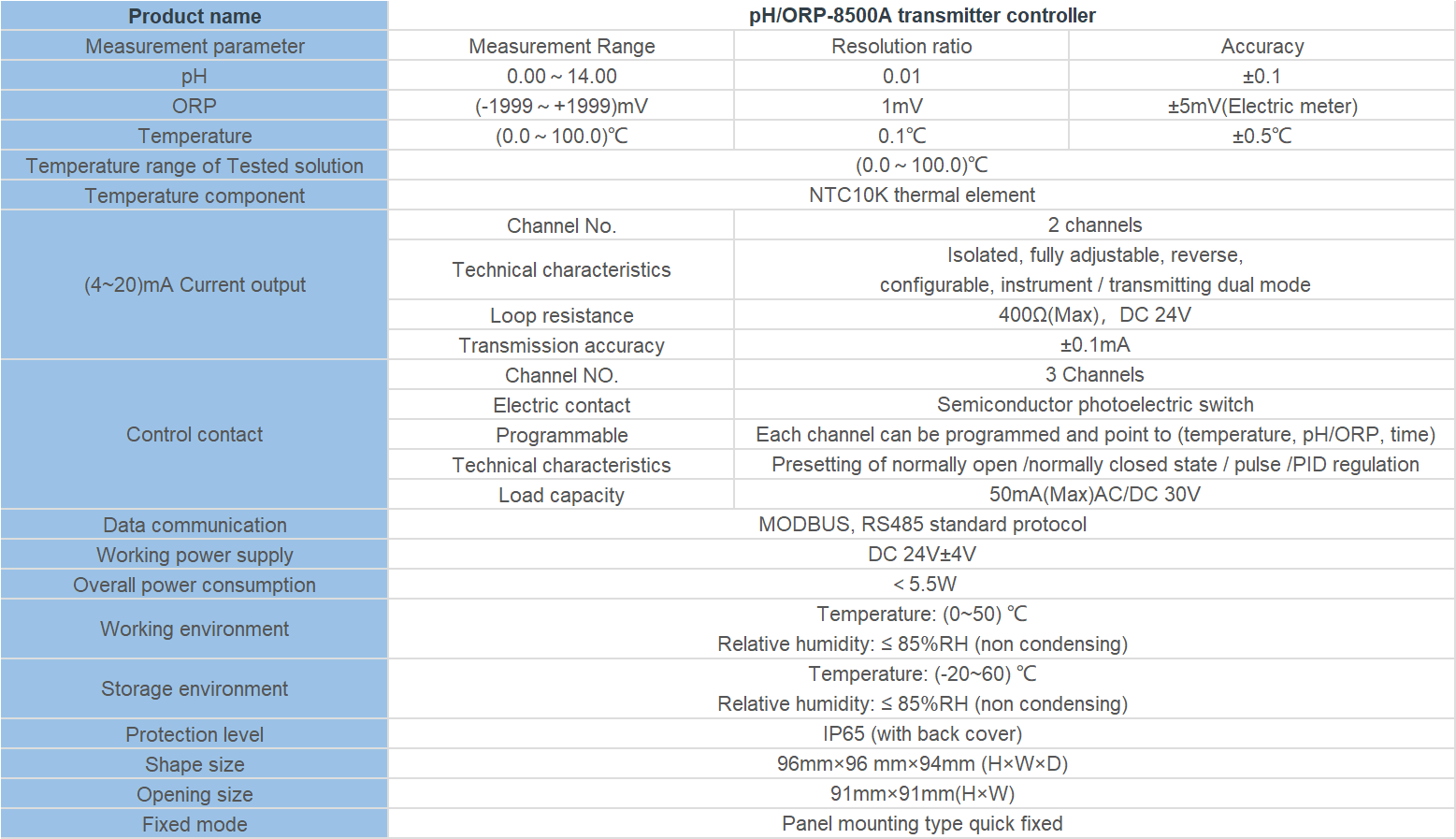
In addition to ensuring accuracy and reliability, regular calibration of a ph meter is also necessary for compliance with regulatory requirements. Many industries have strict guidelines and standards for pH measurements, and using a calibrated ph meter is essential for meeting these requirements. By calibrating the ph meter regularly, you can demonstrate that your measurements are accurate and reliable, helping you to comply with regulations and avoid potential fines or penalties.
Overall, the benefits of regular ph meter calibration are clear. By calibrating your ph meter at regular intervals, you can ensure accuracy, reliability, and compliance with regulatory requirements. Calibration also helps to detect and prevent issues early on, extend the lifespan of the ph meter, and improve its overall performance. In conclusion, calibrating a ph meter is a necessary step to ensure the quality and integrity of your measurements, making it an essential practice for anyone using a ph meter in their work.

